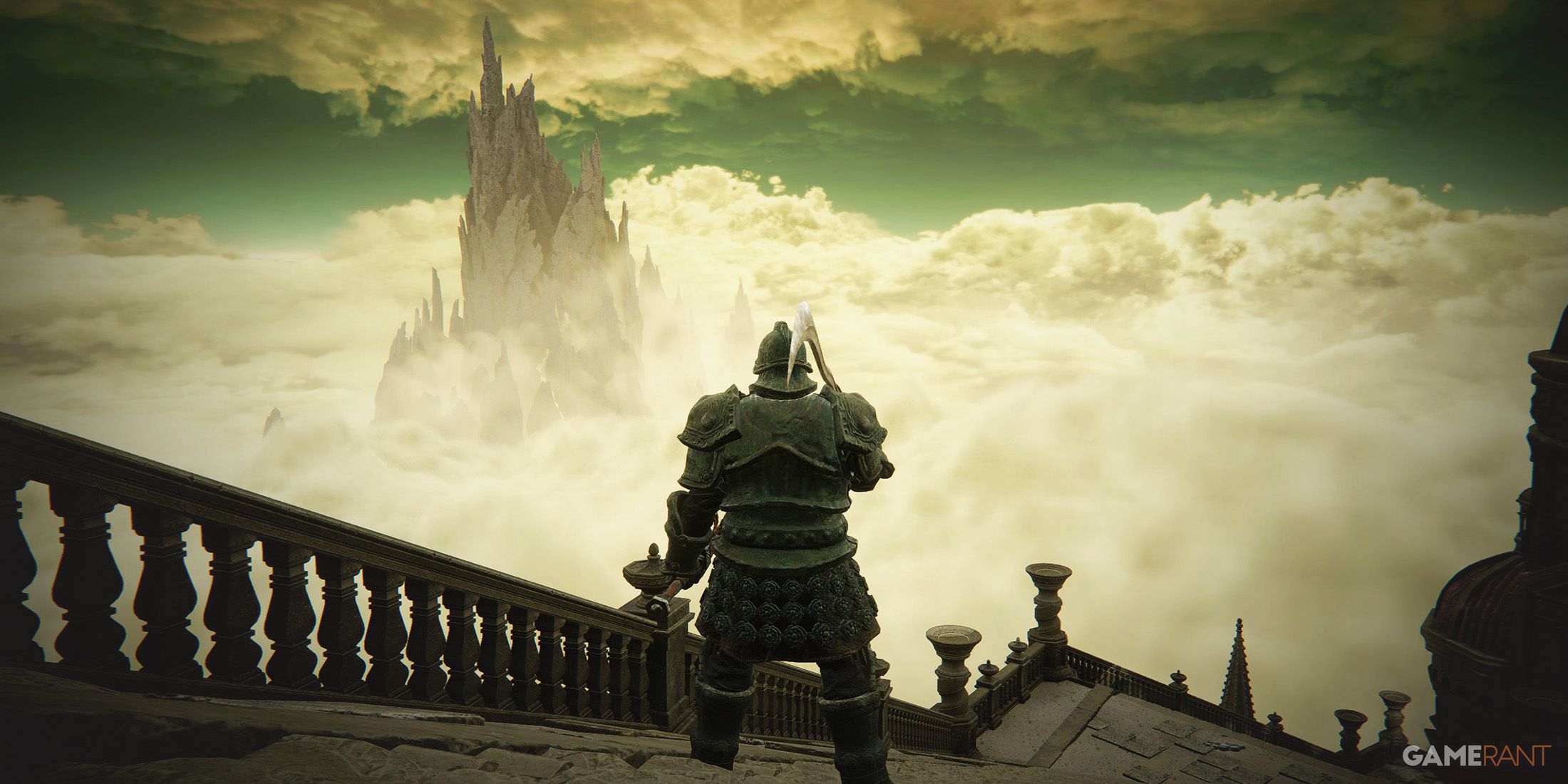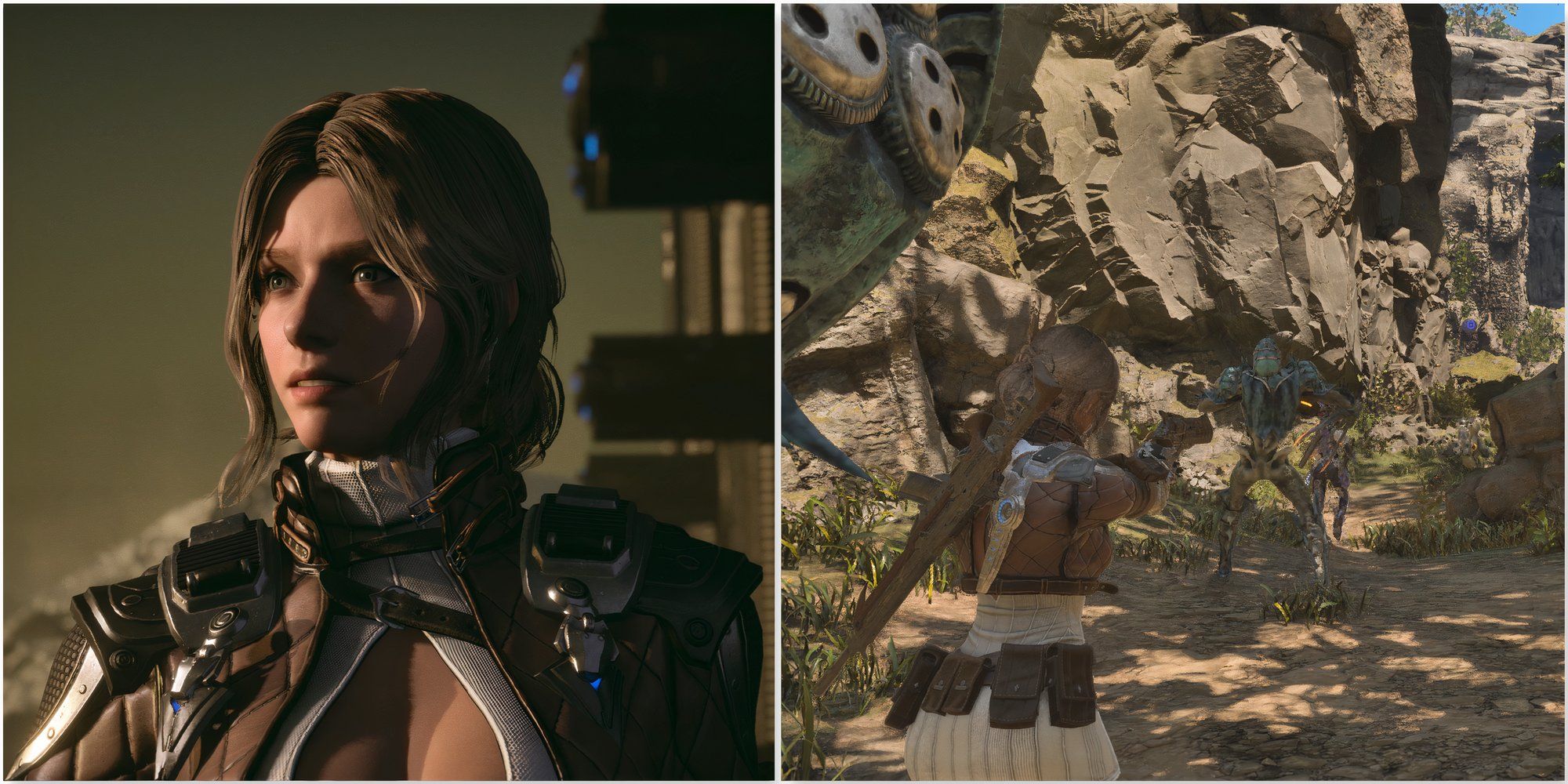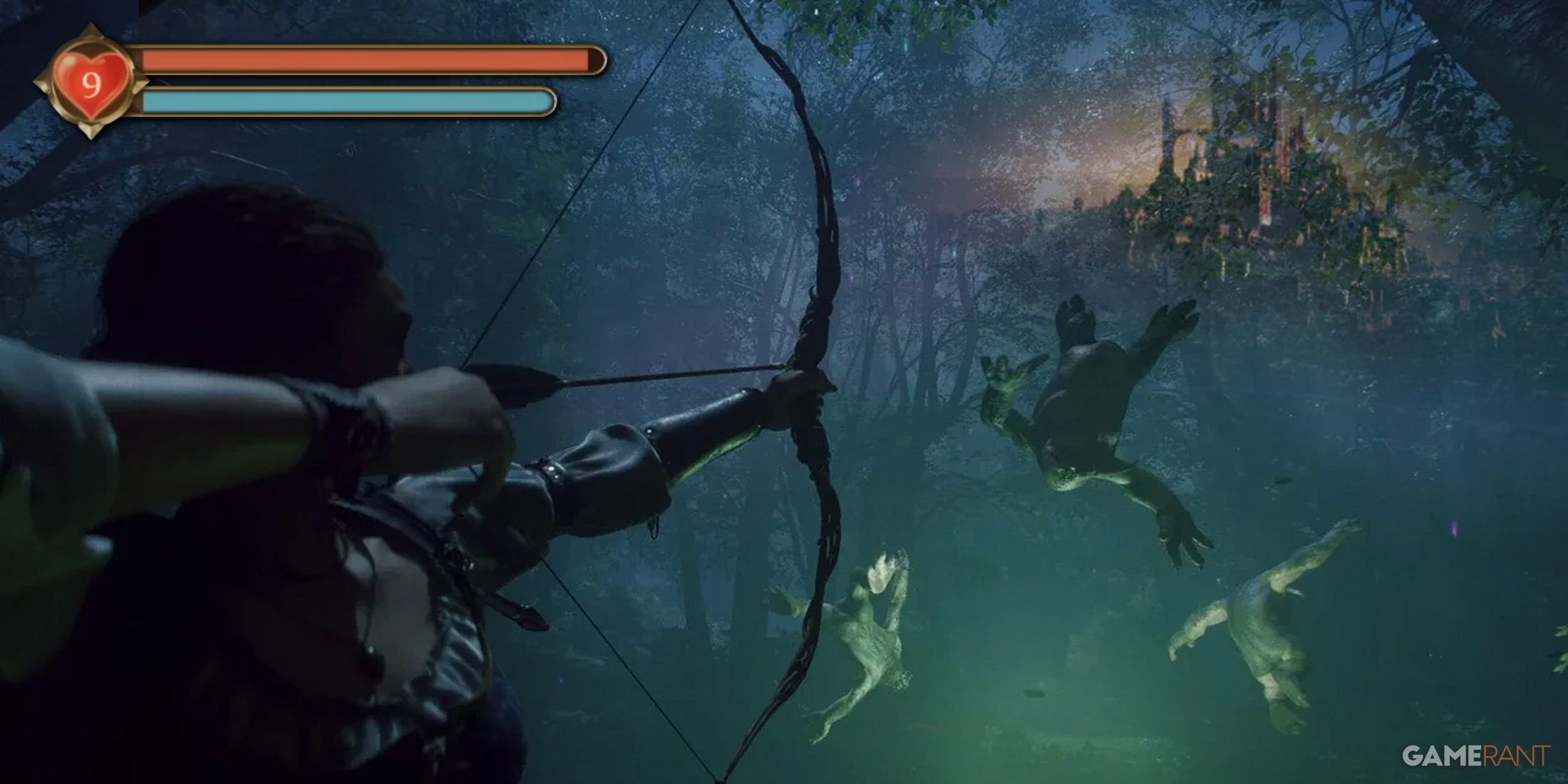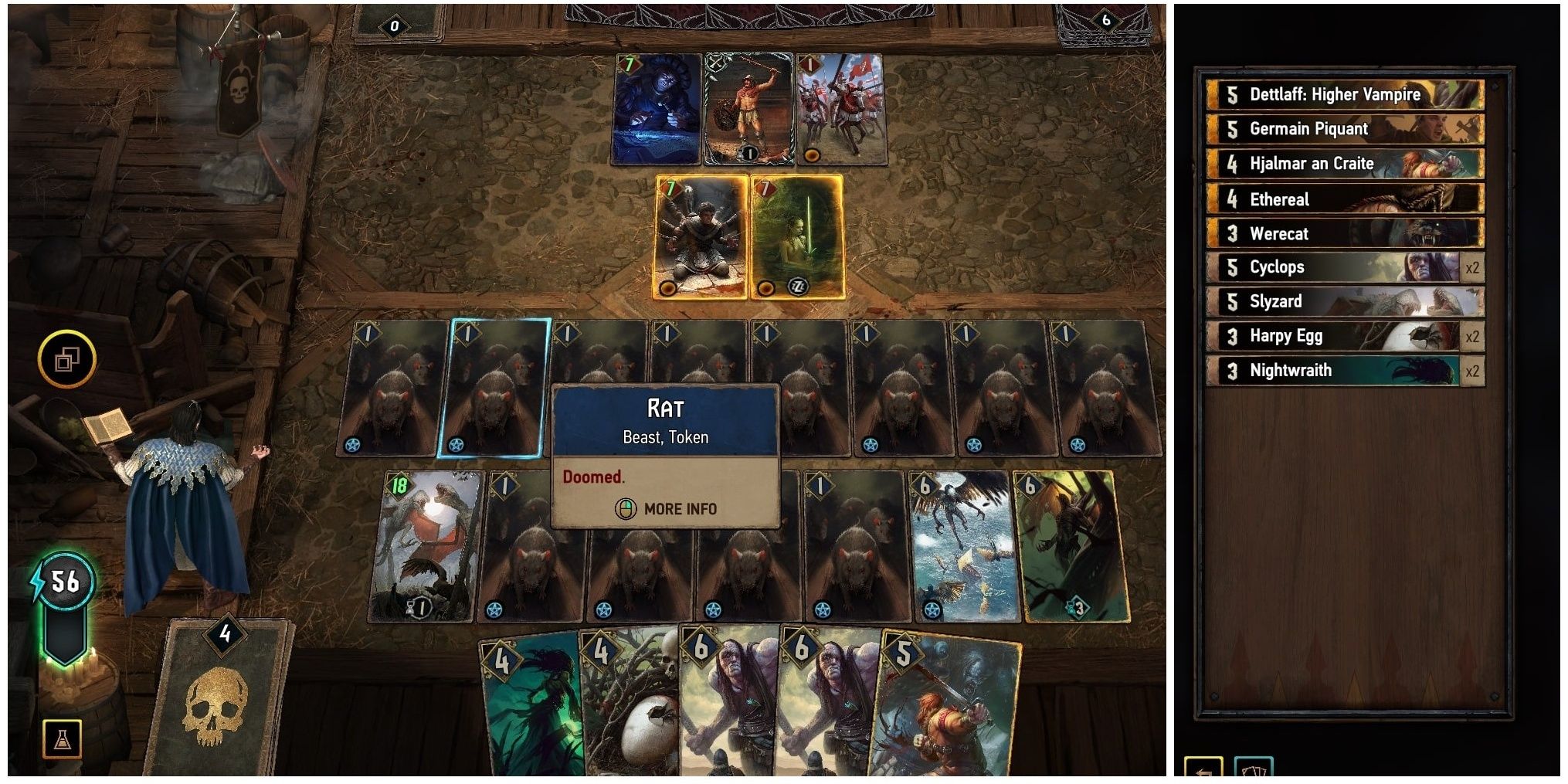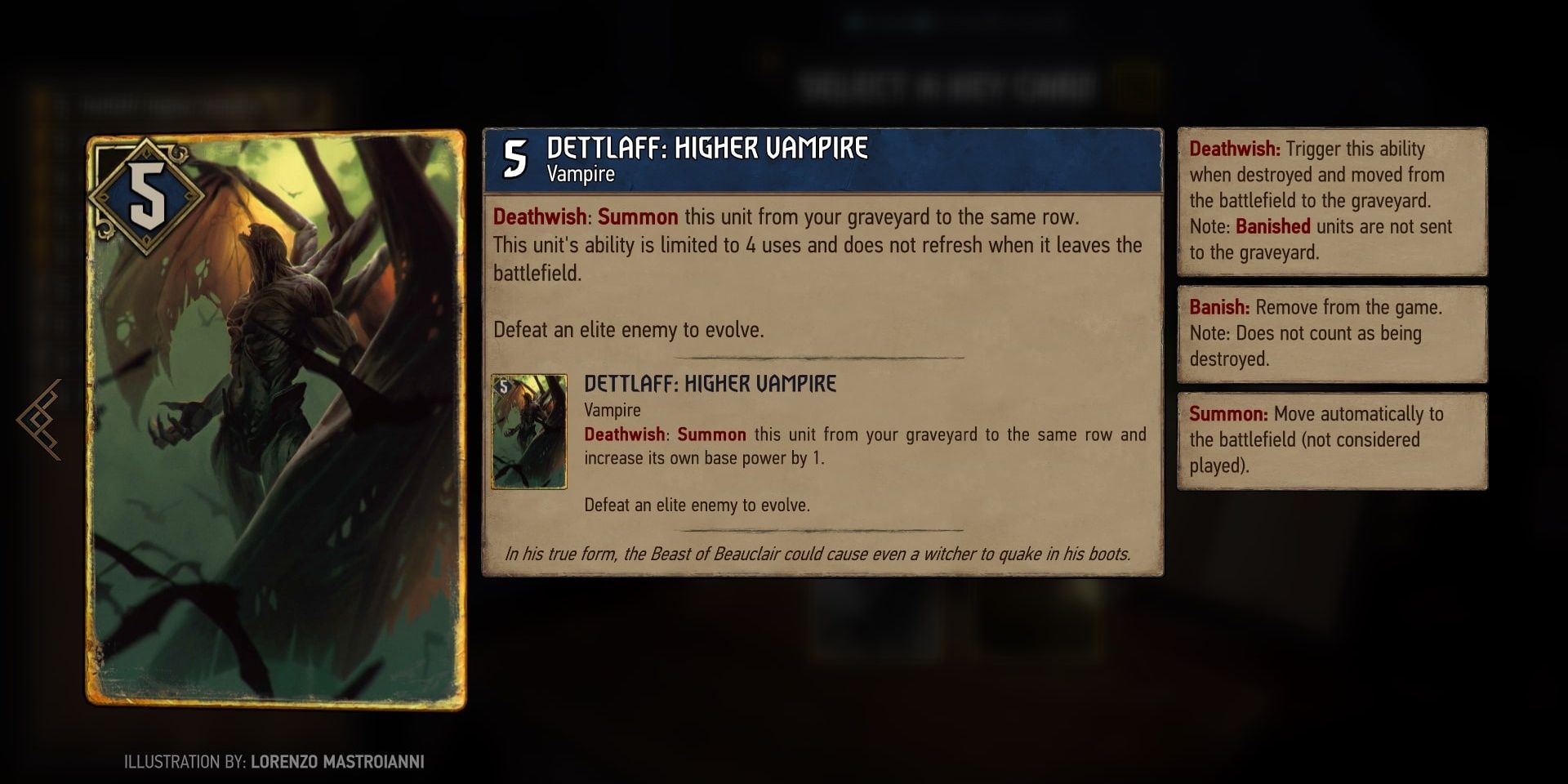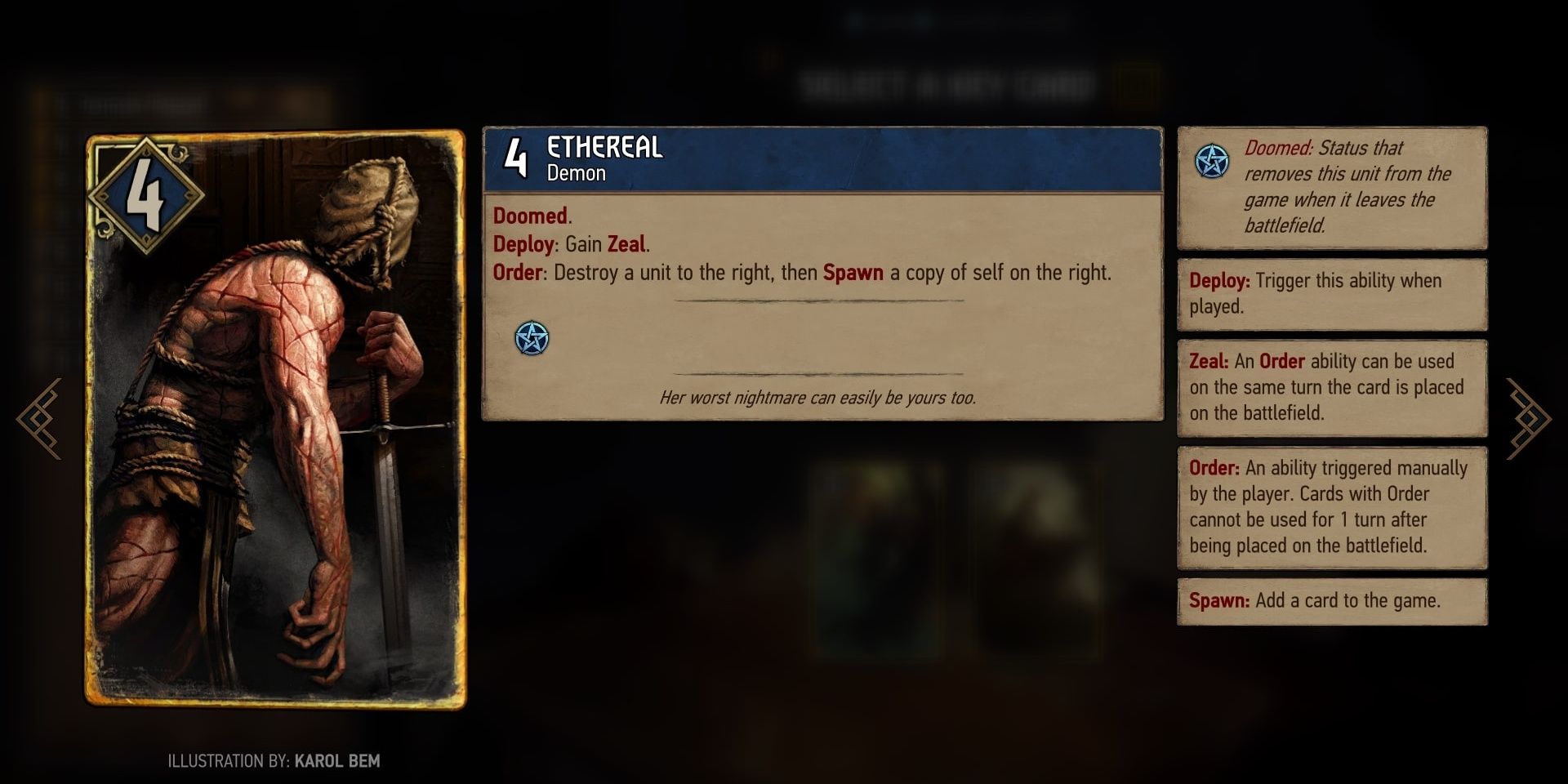Gwent: Rogue Mage mixes up the traditional Gwent formula with the introduction of various rogue-like mechanics to the game. Players are thrown into every run with a pre-determined set of cards, from which they must win battles, modify their deck, collect loot, and defeat the final boss.
Offering a choice of four base decks for players to pick from, Hive Mind is the third to be unlocked, with a strategy that is fundamentally different from previously unlocked decks. Instead of boosting units, like Bulwark, or dealing damage, like Savage Fury, Hive Mind swarms its way to victory by putting as many units on the board as possible. Here’s everything players need to know about getting started and overwhelming their opponents with the Hive Mind deck.
The Basics Of Hive Mind
Unlike other decks, Hive Mind puts quantity over quality. The main goal of the deck is relatively simple – get as many allied units on the board as possible, and use them to the player’s advantage. There are plenty of cards that benefit the player for swarming, but to reap the rewards, it’s important to get units on the board as fast as possible. Players should make use of cards that spawn additional units, even if they’re weak, as some cards and spells buff every unit on the board, making those weaker units ultimately count for more.
Once the board starts to get crowded, Hive Mind really comes into its own. Select units can consume others (essentially eating them and combining their strength) to make room for extra units on the board, whereas other cards have a Deathwish ability, meaning they have an additional effect once they’re destroyed. Combine these two mechanics together – i.e. consuming units with a Deathwish ability – and the player can utilize some powerful combos to propel them to victory.
The main drawback of using this deck is its tendency to over-swarm. This happens when there are so many units on the board that the player can’t place down any new ones. The board only has two rows per player, each with 9 slots for cards, so players must be careful to avoid filling up the entire 18 slots. Managing the number of units on the board is a key component of the Hive Mind deck – too little, and cards that rely on swarming may fall flat, whereas too many, and players may be prevented from placing down their powerful finishers.
Important Cards And Strategy
Several cards are crucial to the swarming strategy. These include Germain Piquant, who spawns two cows on either side of him, and Nightwraith, which spawns two rats and two more when the Deathwish ability is triggered.
Slyzard can consume a unit every turn on the same row, while the Cyclops and Ethereal cards can destroy allied units, all of which trigger Deathwish abilities without losing the point value of the original card. Ethereal is especially useful when paired with one-point cows and rats, as it turns them into a four-point copy of itself. This can net the player 3 points per turn if the supply of units doesn’t run out.
As for key cards, Detlaff: Higher Vampire has a Deathwish ability that allows him to return to the battlefield four times after being destroyed, essentially giving away free points to units that consume him. Shani brings back units from the graveyard, best used to swarm the board and resurrect strong cards, whereas Queen Meve boosts all units by one every 3 turns, usually netting upwards of 30-40 points if all goes well.
Finally, when deciding what spells to run with Hive Mind, Thunder is useful to help remove troublesome cards, whereas Rapid Evolution is a cheap way to turn one-point cards into more powerful units. Rat Swarm can help with swarming the board, whereas Masterful Cleanse provides a sweeping boost to every unit on the board.
Gwent: Rogue Mage is available for PC, Android, and iOS.

